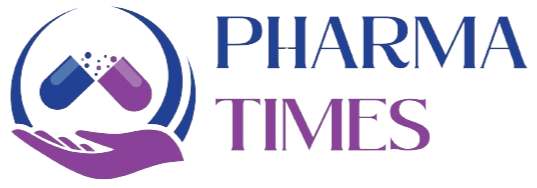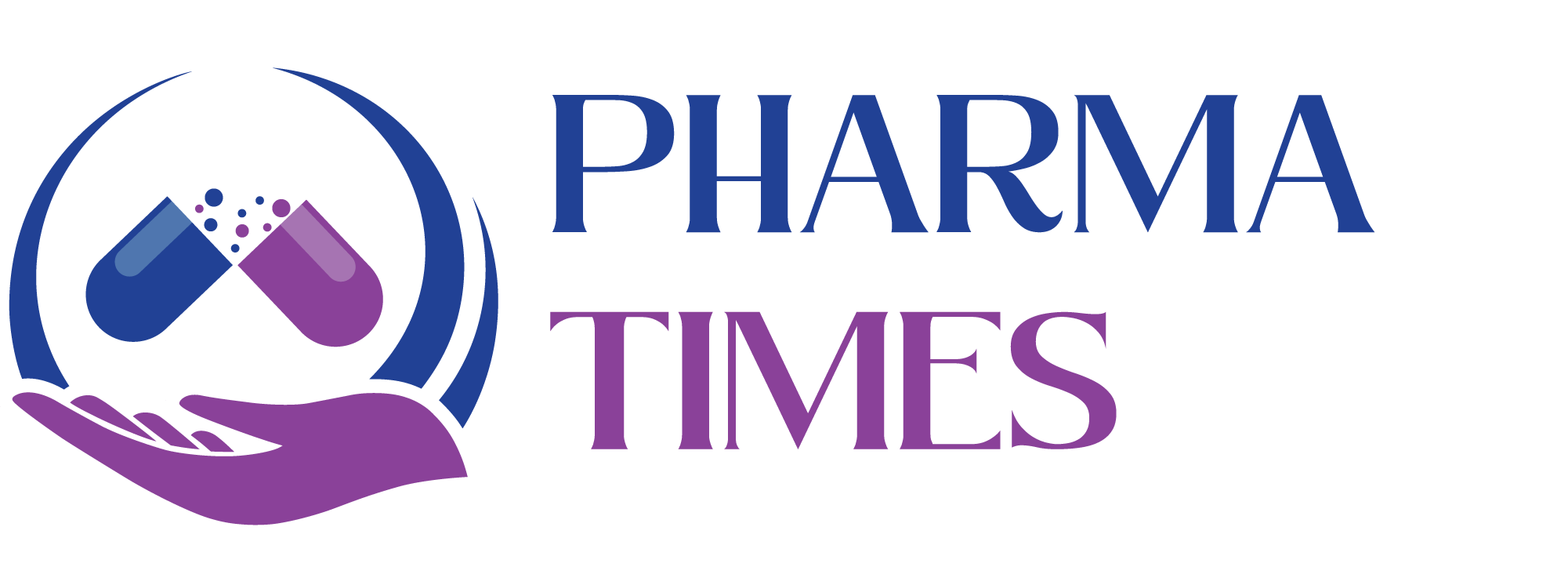Key Preposes of Change Control in Pharmaceuticals
Key Purposes of Change Control in Pharmaceuticals
Change control is a critical element of the Quality Management System (QMS) in the pharmaceutical industry. It ensures that all changes affecting processes, equipment, materials, and documents are evaluated, documented, and approved before implementation.
1. Maintain Product Quality & Patient Safety
-
Ensures that any change does not negatively affect the safety, efficacy, or quality of the product.
-
Protects patients by controlling risks linked to uncontrolled modifications.
2. Regulatory Compliance
-
Aligns with requirements from FDA, EMA, WHO, ICH Q10 and other agencies.
-
Ensures that all changes are properly justified, documented, and available for inspection.
3. Risk Assessment & Mitigation
-
Identifies potential risks associated with a proposed change.
-
Implements risk-based controls to prevent unintended consequences.
4. Consistency & Traceability
-
Provides a structured system to track what was changed, why, when, and by whom.
-
Ensures historical records for audits, inspections, and investigations.
5. Evaluation & Approval by Experts
-
Involves cross-functional review (QA, production, QC, engineering, regulatory).
-
Ensures changes are scientifically sound and technically feasible.
6. Avoid Uncontrolled Deviations
-
Prevents informal or undocumented changes that could lead to deviations, batch failures, or recalls.
-
Maintains process stability and compliance.
7. Continuous Improvement
-
Facilitates improvements in processes, equipment, or documentation in a controlled manner.
-
Encourages innovation while ensuring compliance.
✅ In summary:
The key purpose of change control is to ensure systematic, risk-based, and documented management of changes, protecting product quality, regulatory compliance, and patient safety.
🎓 Discover one of the best Complete Pharmaceutical Quality Assurance Course available —click below to explore the course that’s shaping future in QA Course skills.

